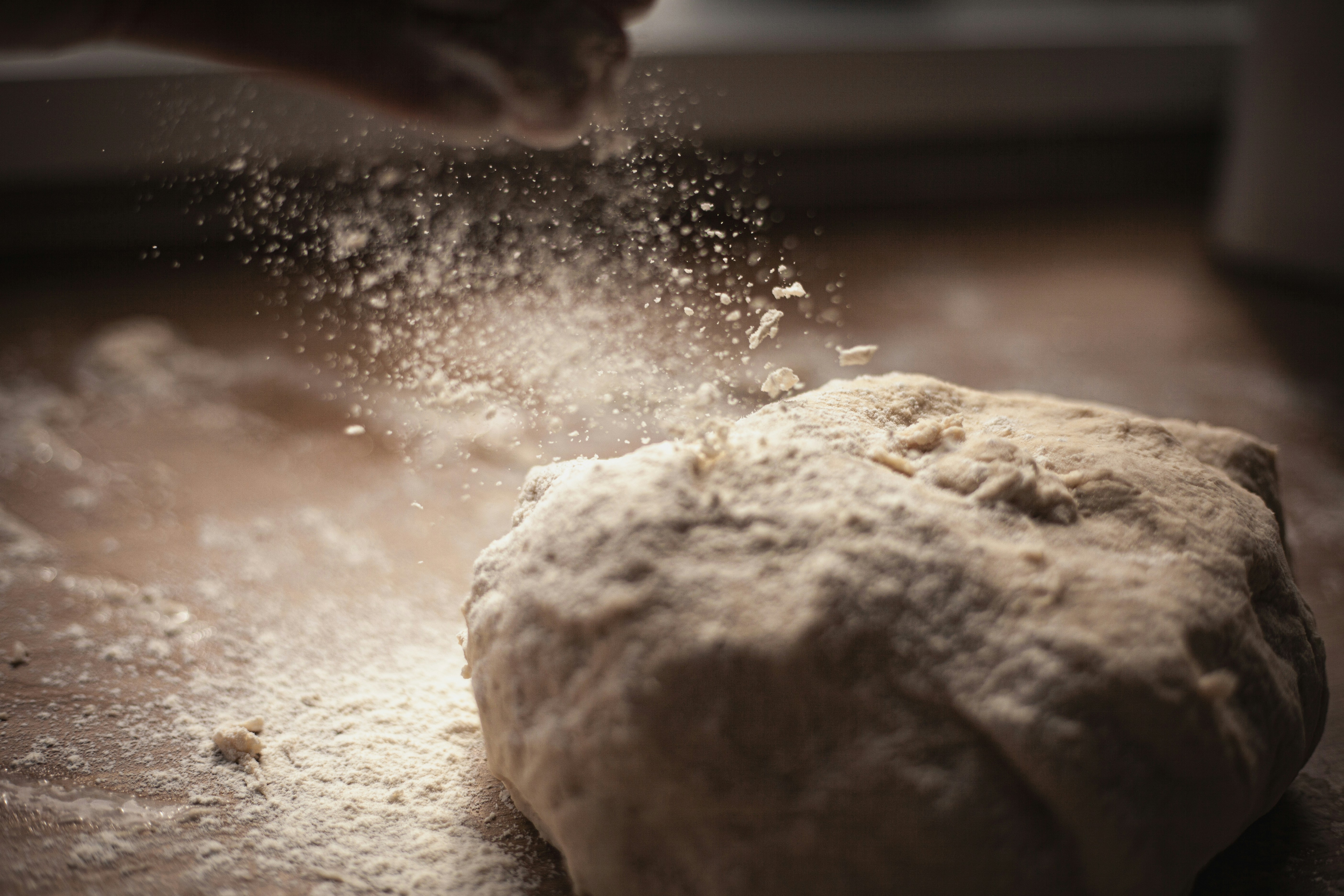Mastering Basic Techniques: Mixing and Hydrating Masa Harina
Of all the skills needed to work successfully with masa harina, proper hydration may be the most fundamental. The difference between masa that crumbles in your hands and masa that forms perfect, pliable tortillas often comes down to how the dry flour is combined with water and allowed to rest. This seemingly simple process requires attention and sensitivity to the unique properties of the particular masa harina you’re using.
Understanding Your Masa Harina
Before adding a drop of water, take a moment to examine your masa harina. Quality masa harina should have:
-
A fresh, slightly sweet corn aroma
-
A fine, consistent texture without large particles
-
A pale yellow to light beige color (unless you’re using a blue or red corn variety)
-
No musty or off smells that might indicate improper storage
Different brands and types of masa harina will absorb water differently. Some commercial varieties contain preservatives or additional ingredients that affect hydration. Traditional stone-ground masa harina typically has a higher absorption rate than industrial versions. This means there is no absolute formula—you’ll need to develop a feel for the right consistency.
The Basic Hydration Method
Ingredients:
-
2 cups masa harina
-
1½ to 2 cups hot water (approximately 120°F to 160°F)
-
½ teaspoon salt (optional, but helps develop flavor)
Process:
-
Initial mixing: Place the masa harina in a large bowl. Add the salt if using and mix to distribute. Make a well in the center of the dry ingredients.
-
Gradual hydration: Begin by adding about 1½ cups of the warm water to the well. The warmth helps the masa particles hydrate more efficiently. Using your hands (never a spoon or mixer), gradually incorporate the water into the masa harina using a gentle folding motion.
-
Feel test: After the initial incorporation, press some of the masa between your fingers. It should feel similar to soft Play-Doh—moist but not sticky, holding together without crumbling. If it feels dry or crumbles when pressed, add more water, about 2 tablespoons at a time.
-
Kneading: Once the masa has roughly the right amount of water, begin kneading it in the bowl for 2-3 minutes. Use the heels of your hands to press and fold the masa back on itself. This develops the internal cohesion of the dough.
-
Rest period: Cover the bowl with a damp kitchen towel and allow the masa to rest for at least 30 minutes, though an hour is better. This resting time is crucial—it allows the masa harina particles to fully absorb the water and develop their optimal texture.
-
Final adjustment: After resting, the masa often stiffens slightly. Knead it briefly again, adding small amounts of water if necessary until you achieve the final desired consistency.
Testing for Proper Consistency
Different masa applications require slightly different consistencies, but here are three tests to determine if your masa is properly hydrated:
-
The ball test: Take a golf ball-sized portion of masa and roll it between your palms. It should form a smooth ball without cracking at the edges. If cracks appear, the masa needs more water.
-
The hand test: Press your fingers into the masa and then look at your hand. It should be slightly moist but not coated with dough. If your fingers remain completely dry, add more water; if masa sticks to them significantly, add a bit more masa harina.
-
The edge test: Form a small disk of masa about ¼ inch thick. The edges should be smooth, not ragged or crumbly. When you hold the disk by one edge, it should drape slightly but not break.
Regional Variations
In different regions of Mexico and Central America, masa consistency varies considerably:
-
Tortillas in northern Mexico typically use a slightly drier masa that produces thinner tortillas.
-
Oaxacan-style tortillas use a more hydrated masa that creates a softer, slightly thicker result.
-
Tamales require a much softer, almost batter-like consistency achieved by beating air into the masa.
-
Pupusas from El Salvador use a wetter masa that allows for the incorporation of fillings.
As you work through recipes, you’ll develop an intuitive sense of these variations and how to adjust your base hydration method accordingly.
Remember: The most valuable tools for working with masa are your hands. The sensory feedback they provide can tell you more about proper hydration than any written recipe. Trust your touch, and with practice, you’ll develop the confidence to know exactly when your masa has reached its ideal state.
